| Size | |
|---|---|
| Common Name | |
| Type | |
| Family | |
| Native? | Non-Native |
| Native Range | Europe, Europe and Western Asia |
| Zone | 4, 5, 6, 7, 8, 9 |
| Height Range (ft.) | 20.00 to 80.00 (as a climbing vine) |
| Spread (ft.) | Up to 50.00 (as groundcover) |
| Bloom Time | |
| Bloom Description | Greenish-white |
| Sun | |
| Water | |
| Maintenance | |
| Growth Rate | |
| Suggested Use | |
| Tolerate | |
| Attracts |

Hedera helix, or English Ivy, is a fast-growing evergreen vine used as groundcover or wall cover—attractive but invasive and low in ecological value.
$44.99
Please note: Sizes 1.5 Gallon and up can’t be shipped outside the counties of Nassau, Suffolk, Brooklyn, and Queens.
Learn more about how the process works and how our plants are delivered.
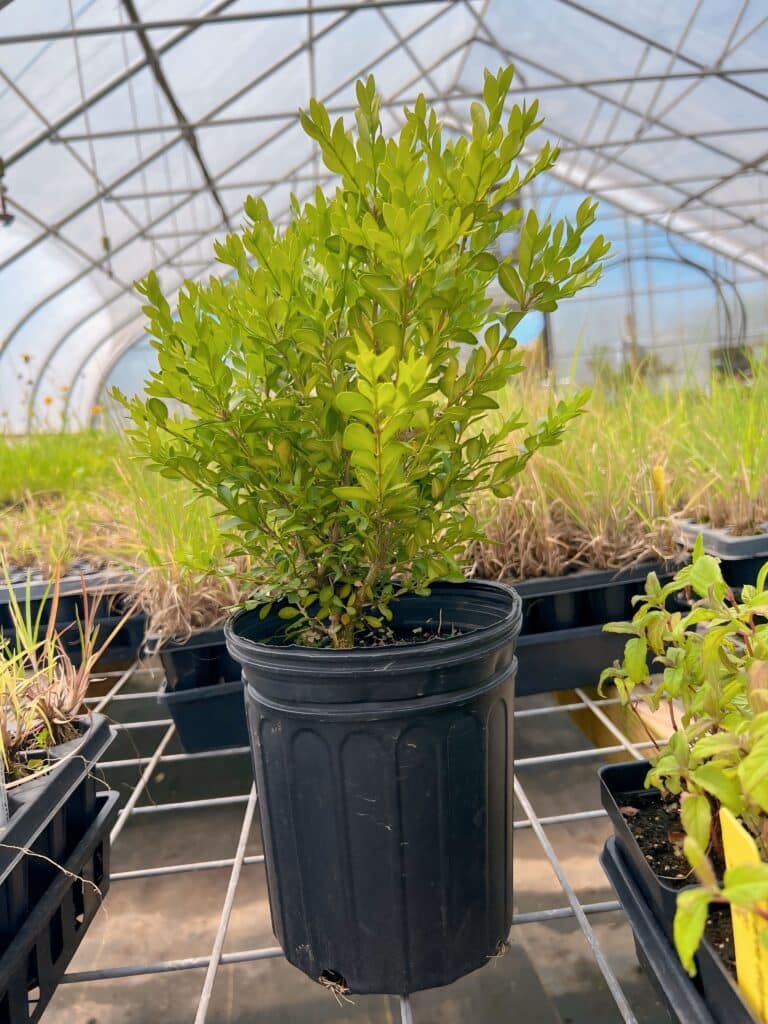

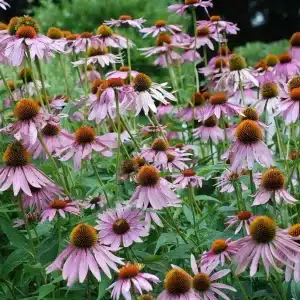
| Size | |
|---|---|
| Common Name | |
| Type | |
| Family | |
| Native? | Non-Native |
| Native Range | Europe, Europe and Western Asia |
| Zone | 4, 5, 6, 7, 8, 9 |
| Height Range (ft.) | 20.00 to 80.00 (as a climbing vine) |
| Spread (ft.) | Up to 50.00 (as groundcover) |
| Bloom Time | |
| Bloom Description | Greenish-white |
| Sun | |
| Water | |
| Maintenance | |
| Growth Rate | |
| Suggested Use | |
| Tolerate | |
| Attracts |
Hedera helix, commonly known as Common Ivy or English Ivy, is a vigorous, evergreen climbing or groundcover vine native to Europe and western Asia. It spreads rapidly by aerial rootlets and can grow up to 90 feet in length when supported by a structure or tree. Its dark green, lobed leaves provide year-round coverage for walls, fences, and ground areas, and it’s often used for erosion control or as a low-maintenance groundcover in shaded areas. However, in North America, English Ivy is widely considered invasive due to its aggressive growth, tendency to smother native plants, and its ability to climb and damage trees and structures. It provides little benefit to native wildlife and can disrupt natural ecosystems.
Evergreen coverage: Offers year-round foliage and groundcover in shade
Climbs structures: Can quickly cover walls, fences, and arbors with dense greenery
Drought-tolerant: Once established, needs little supplemental watering
Sun exposure: Thrives in part to full shade; tolerates sun in cooler climates
Soil needs: Prefers well-drained soils; adaptable to various conditions
Maintenance: Requires regular monitoring and trimming to control spread
Wall cover: Popular for cloaking buildings, fences, or trellises with evergreen texture
Groundcover: Used in shaded areas where turf is difficult to grow
Erosion control: Helps stabilize slopes, but should be used carefully due to invasiveness
Non-native & invasive: Spreads aggressively and displaces native species
Low wildlife value: Offers minimal support for pollinators or native insects
Better with natives: Consider native groundcovers or vines for biodiversity and habitat health
Tiarella cordifolia – Foamflower: A shade-loving native groundcover with attractive foliage and white spring blooms.
Carex appalachia – Appalachian Sedge: A delicate, clumping sedge ideal for dry woodland areas and low-maintenance groundcover.
Carex stricta – Tussock Sedge: A moisture-loving native sedge that forms elegant mounds in part shade to full sun, ideal for wet spots and rain gardens.
/5
Total reviews
|
|
Persons recommended this product
Anonymous
Shopper
check_circle Verified
Shop owner replied
Was this helpful
Anonymous
Shopper
check_circle Verified
Shop owner replied
Was this helpful
Your feedback helps us improve our service.
There are no reviews yet.
Be the first to review “ ”
Please log in to submit a review.
Only logged in customers who have purchased this product may leave a review
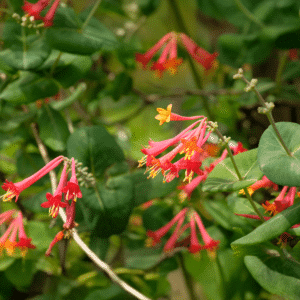
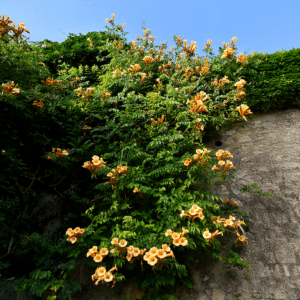
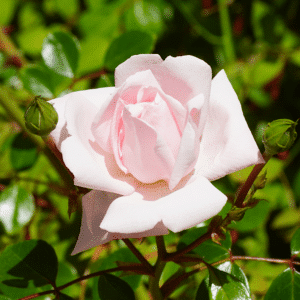
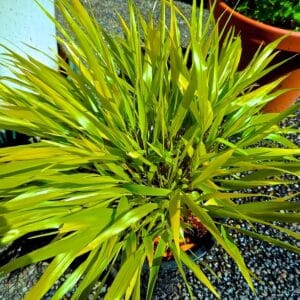
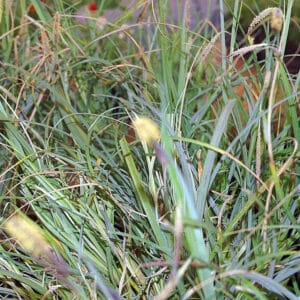
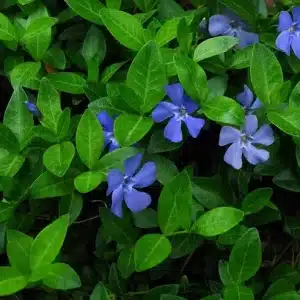
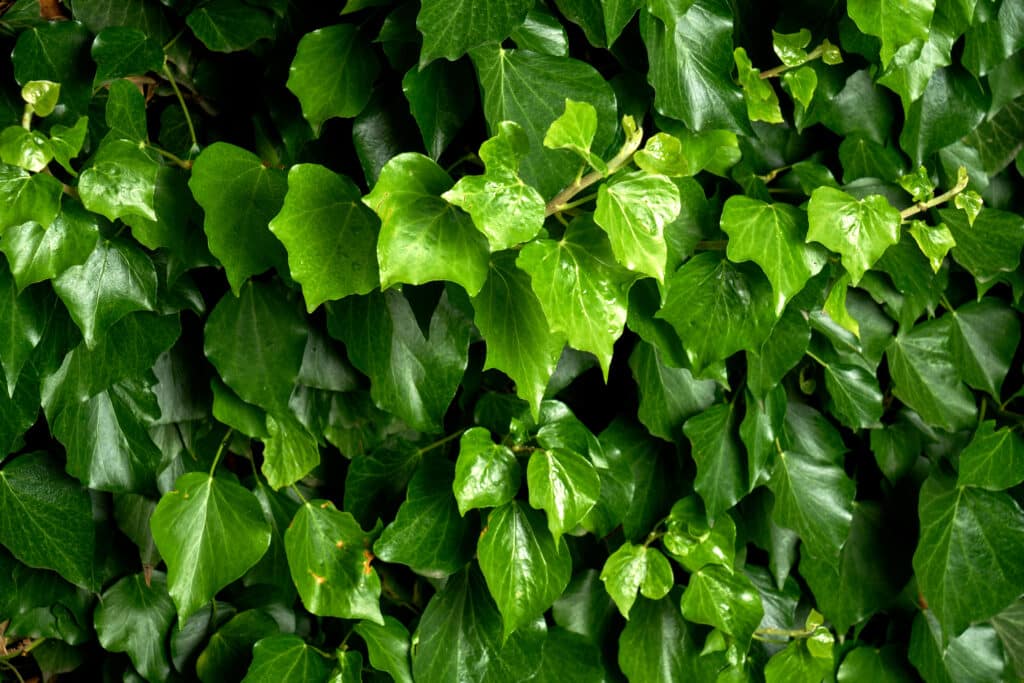
No. Hedera helix is native to Europe, western Asia, and northern Africa. It was introduced to North America as an ornamental groundcover and climbing vine, but it is now considered invasive in many regions of the U.S., especially in the Southeast and Pacific Northwest, where it outcompetes native plants and damages trees.
Common Ivy spreads aggressively by runners and aerial rootlets, smothering ground-level plants and climbing trees, where it can weaken trunks, block sunlight, and add weight that contributes to storm damage. It also outcompetes native understory vegetation, leading to a significant loss in biodiversity.
Common Ivy thrives in full sun to deep shade, and adapts to a wide range of soils, including poor or compacted soils. It is hardy in USDA zones 4 through 9, and is often used for erosion control, walls, fences, and shaded groundcover, though its aggressive nature makes it problematic in most landscapes.
Minimally, and only when mature. While mature ivy plants can produce nectar-rich flowers in fall that attract bees, most groundcover ivy rarely blooms. It does not serve as a host plant for native insects and offers little wildlife support compared to native groundcovers or vines.
Yes, but with caution. Hedera helix is deer-resistant and low-maintenance, but it is difficult to control once established. It may require frequent cutting, containment, or complete removal to prevent ecological damage. In many areas, planting it is discouraged or banned due to its invasive behavior.
Our gift cards make it easy to share the beauty of plants, flowers, and all things green. Whether for a special occasion or just because, give the gift of choice and let them select their favorites to create a garden they’ll cherish.
BUYING HIGH QUALITY PLANTS HAS NEVER BEEN EASIER
Our plants are easy to order, plant, and enjoy! Bringing pollinators to your property improves vegetable yields – Feed the bees!
Sign up for our email list!
Copyright © 2025 Bumbee’s | Web design and SEO by Searles Graphics